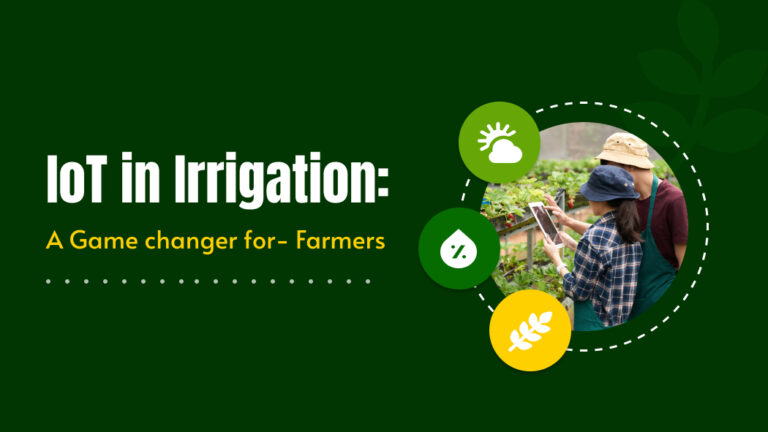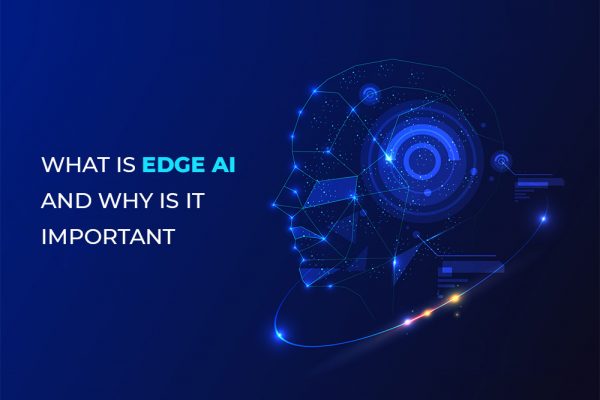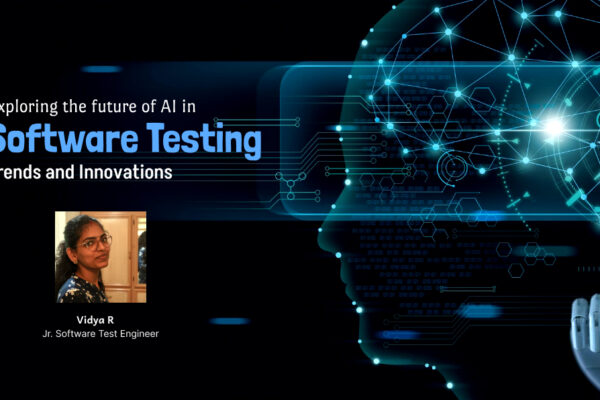Farmers without access to advanced irrigation technology face various challenges. They struggle with imprecise water management because they rely on outdated methods, leading to inefficient irrigation and potential harm to crops. Outdated techniques also contribute to increased water and resource usage since farmers lack real-time data on soil moisture and crop water needs. Monitoring becomes time-consuming and labour-intensive, making it difficult to make timely adjustments and decisions. The absence of real-time insights further delays the detection of issues, putting crop health and productivity at risk.
Farmers also tend to inefficiently allocate resources by applying water and fertilizers uniformly across the entire field, ignoring variations in soil moisture and nutrient levels. Additionally, limited scalability and adaptability hinder farmers’ ability to respond effectively to changing conditions. However, embracing advanced technology can address these challenges by improving precision, reducing resource consumption, streamlining monitoring, enabling real-time insights, optimizing resource allocation, and promoting sustainable irrigation practices. This ultimately maximizes crop yields and helps mitigate the impact of water scarcity on agriculture.
How Does IoT Benefit Farmers?
IoT technology has transformed farming, offering farmers numerous benefits. It enables precision farming through real-time data collection and analysis. Farmers can access information on soil moisture, temperature, humidity, and other environmental factors, allowing them to make informed decisions about irrigation, fertilization, and pest control. Additionally, IoT devices enable remote monitoring of fields and livestock, ensuring that farmers can track crop growth, detect diseases or pests early on, and ensure the well-being of their animals. Automated irrigation systems, driven by IoT data, optimize water usage, prevent over-watering, and enhance crop health. Predictive analytics based on IoT data provide valuable insights into weather patterns, market trends, and disease outbreaks, enabling farmers to make data-driven decisions.
Moreover, IoT streamlines the agricultural supply chain by improving storage monitoring, inventory management, and logistics automation. Environmental monitoring using IoT devices ensures compliance with regulations and promotes sustainable farming practices. Overall, IoT empowers farmers with real-time insights, automation, and data-driven decision-making, resulting in increased productivity, reduced costs, and sustainable agriculture practices.
IoT Solutions in Agriculture: Real-World Applications
IoT solutions have completely changed how farming is done by using technology to improve agricultural practices. For example, precision farming involves using sensors and drones to collect information about the soil and crops. This data helps farmers make better decisions about when and how much to water and fertilize, which leads to bigger harvests. Livestock monitoring is another application of IoT in agriculture. Farmers can track their animals’ health and location using special sensors and devices. This helps them take care of the animals better and increases their productivity. Smart greenhouses are also part of IoT in farming. These greenhouses use technology to control things like temperature and light, which helps plants grow better. Another way IoT helps in farming is by monitoring crops and managing them more efficiently. Sensors can detect things like nutrient deficiencies and pests, so farmers can take action and protect their crops.
IoT is also used to optimize the supply chain for agricultural products. This means tracking things like temperature and location during transportation, so the products arrive in good condition. Water management is another important area where IoT is used in farming. By analysing data, farmers can use water more efficiently and avoid wasting it. Predictive analytics is a fancy term that means using technology to make predictions. In farming, this can help farmers make decisions based on things like weather and crop conditions. Lastly, IoT can help monitor and optimize farm equipment, saving time and money. These are just a few examples of how IoT is making farming better and more efficient.
How Can Farmers Be Educated about the Benefits of IoT?
To help farmers understand the benefits of IoT, various approaches can be implemented. Workshops and training programs can be organized, providing hands-on experience and practical demonstrations of IoT technology in agriculture, while demonstration farms showcase the positive impact and functioning of IoT solutions. Additionally, informative materials such as brochures and guidebooks can be created, highlighting real-life examples and success stories from farmers who have already embraced IoT. Online resources and webinars offer convenient access to comprehensive information and step-by-step guidance. Collaboration with agricultural institutions fosters knowledge sharing among farmers, facilitating awareness. Furthermore, government initiatives, including awareness campaigns and financial incentives, provide additional support for farmers to adopt IoT. By utilizing these approaches collectively, farmers can gain a better understanding of IoT benefits, enabling them to make informed decisions that enhance productivity, optimize resource efficiency, and promote sustainability in their farming practices.




